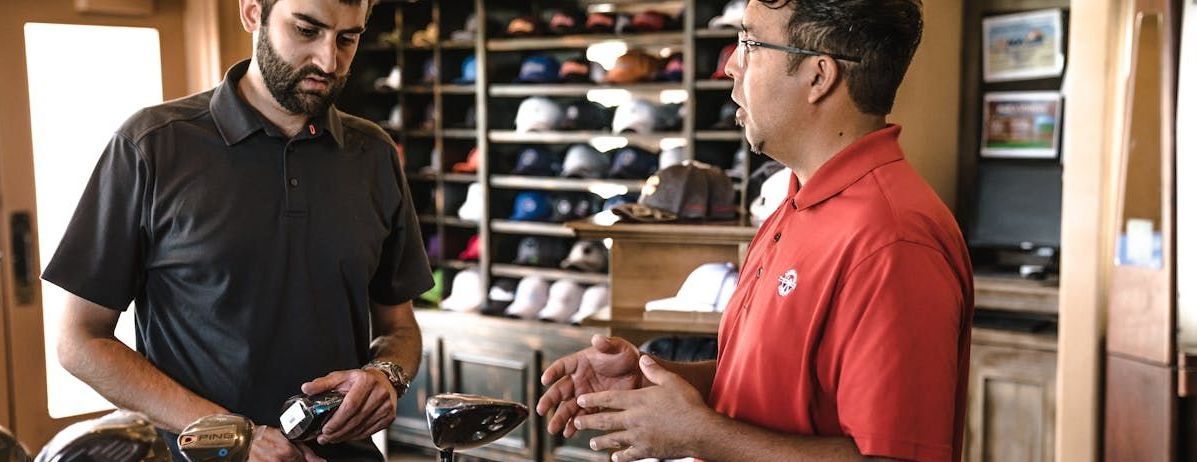Harnessing AI in Advanced Predictive Analytics for Business Insights
A Case Study on Persona Analysis utilizing Machine Learning K-Means Algorithm
To stand out in a competitive market, understanding customer behavior is crucial for crafting personalized marketing strategies and enhancing customer satisfaction. By leveraging advanced predictive analytics to decode complex customer data, businesses are equipped with relevant understandings about the customers to make informed decisions.
In this blog, we will delve into our approach using K-Means clustering to create detailed customer personas and explore how advanced predictive analysis could impact your strategies and even help you explore future trajectory with educated inference.
Note that even with a modest sized customer database and only purchasing data collected, your business could still benefit from persona analysis that helps you identify the effectiveness of your marketing and sales initiatives and distribution channels. Let’s dive in, shall we?
Understanding K-Means Clustering
K-Means clustering is a powerful machine learning algorithm that helps in segmenting data into meaningful clusters. While the algorithm doesn’t directly translate the meaning and interpretation of the clusters, it’s very good at identifying patterns – even those too nuance for human eyes to spot when glancing through the datapoints.
To get the algorithm into work, a few of the key processes involve the following:
Data Analysis and Engineering
Here let’s take a conventional retail business as an example. Our process begins with rigorous data cleaning to exclude irrelevant accounts, focusing on Direct-to-Consumer (DTC) customers, and removing generics (the accounts that consolidate all transactions that are not matched to a specific customer due to data capturing challenges). As the business is a high-end prestigious luxury brand, we enhance the dataset by integrating additional features such as:
- Wealth Ranking/Avg. Asset size by Zip Code
- Purchase Frequency Over Three Years
- Geographical Purchase Patterns (Local, Out-of-State, International)
- Channel Preferences (Online, Multiple Stores)
- Seasonal Purchasing Trends
- Product Preferences (Categories and Colors)
- Bespoke/Custom made products
- Gifting occasion purchases
Using these features, we apply data engineering techniques like creating dummy variables and standardizing data to ensure balanced analysis and avoid attributes of large values overpower during the clustering.
Running the K-Means algorithm with different values of K, we determine that six clusters provide the most business-relevant insights.
Clustering Results and Customer Personas
Our analysis yielded six distinct customer personas, each offering unique insights into customer behaviors. While the analysis was conducted on real customer data, note that the following results are not real numbers but fabricated to provide an example of how the insights could look like and how we interpret them given the shared unique patterns within the group/persona:
Recommendations
The above case study of harnessing advanced predictive analysis through K-Means clustering provides the company a granular understanding of customer segments, enabling businesses to tailor their strategies effectively.
With the findings and given the goal and mission of the brand, we would recommend the following:
List of Services
-
1. Cultivate and reward loyalty for the AdvocatorsList Item 1
Enhance loyalty programs with exclusive offerings, personalize communications by sending tailored holiday and bespoke purchases suggestions, and conduct private special events to connect and engage the relationships.
-
2. Strengthen online shopping experience for the Online Affluents/LoyalistsList Item 2
Optimize E-commerce site by improving UX and ensuring seamless navigating and shopping experience, offer exclusive products available only online and for high spending tier customers, and implement a feedback system to maintain high satisfaction and engagement.
-
3. Integrate seamlessly online and in-store experiences with a focus on offline for the Multi-Store/Omnichannel B&MersList Item 3
Develop campaigns like BOPIS (buy online pickup in-store), host exclusive in-store events to drive foot traffic, and utilize targeted email campaigns (e.g. by geo target) to keep the clients informed about the relavant in-store promotions and events.
-
4. Increase engagement and brand loyalty for the Aspirational Self-RewardersList Item 4
Provide special offerings and catered content for new and infrequent buyers to increase purchase frequency, share product guides and brand stories to build emotional connections, and encourage exploration with cross-category bundles and promotions.
-
5. Enhance bespoke and premium services for the Jet-Setters/Stylish Travelers
Create exclusive VIP programs with personalized services (e.g., measure to order, made to order, customization embroiders, etc.) and bespoke appointments, offer travel-related services such as international shipping and personalized travel kits or setups, and design high-value offerings tailored to their purchasing habits and preferences.
-
6. Convert occasional buyers into loyal customers for the Random Browsers
Implement follow-up marketing campaigns after initial purchases, offer time-sensitive promotions (e.g. drops) to encourage sign ups and repeat purchases, use personalized emails and social media engagements to foster brand attachment.
By transforming raw data into actionable insights, we help businesses enhance customer engagement, optimize marketing efforts, and ultimately drive growth by forming targeted marketing, sales, and clientele strategies given the insights from the analysis that suggested to be the most effective.
For more information on how to transform your customer data into strategic insights, Contact us today to learn more about our specialized advanced predictive analytics solutions tailored to your brand.
SHARE THIS BLOG











